Sometimes I face bouts of uncertainty and wonder if the work we do in the CGIAR really reaches the people for whom it was intended. I know others feel the same way, as I’ve had conversations with people on this very topic. Since I started working with the ICT-KM Program, I’ve had the opportunity to examine this concern through a benchmarking exercise that the Program is spearheading.
Simply put, this activity allows us to measure our (the CGIAR Centers) research outputs in terms of availability, accessibility and applicability. My colleague Peter Ballantyne and I have been collecting, collating and analyzing data from various Centers to find out exactly how available and accessible their research outputs really are. But that’s a different story.
While your Center may advocate potatoes, maize, rice or tilapia to tackle the food crisis, in the longer term we all share a common goal: to reduce poverty in underprivileged communities. The science we do is practical – it has application. While classical research is also important, we do not have the luxury of time in the CGIAR. Our research has to show impact where it’s needed, and this can only be achieved if it reaches the right people in the fastest, easiest way possible.
“Now where do social media tools come in?” you may ask.
Besides our final products (journal articles, reports and other Center publications), we should consider making our research by-products, such as slideshow presentations, photograph collections and video clips, just as accessible. When we make our work available to a wider network; when our work is accessible in a way that it may be used, re-used and adapted for application; and when we make our PIGs fly; only then can we say we are truly “nourishing the future through scientific excellence”.
Last week, when I wrote about using newsfeeds to establish a scientist’s or professional’s credibility as an expert, the underlying idea was that when we share our research outputs with colleagues, peers, national partners and the scientific community at large, we create a credible resource into which others can tap. In the same vein, we can be the first place scientists or potential science partners go to when they need photos, videos, presentations, etc.
So if you wonder why you, the CGIAR scientist, should consider using social media tools to share your photos, videos, presentations, etc., here are two reasons:
- Internal: social media tools minimize email clutter. Large files that would normally clog up your inbox, can now sit comfortably on the Internet, ready for you or your colleagues to access as and when required.
- External: establish your presence as an expert. Social media tools allow you to reach many different network groups. You no longer need to stay within a tight circle of the usual suspects. You have greater outreach.
When we share our information via social media tools, we make it available and accessible in a location where everyone else is hanging out these days: the Internet. Photo, video and slideshow sharing sites often have their own search and tagging facilities that allow anyone interested to discover your information.
I’d like to stress that sharing information with social media tools does NOT mean you should give up publishing the same information on your own Website, and it most certainly does NOT replace the good practices of storing and cataloging your files in Center databases/repositories that maintain institutional memory. Imagine these tools as a variety of fishing nets that can be used to capture as many fish as possible in that huge virtual sea commonly known as the Internet.
Or as Simone Staiger-Rivas put it in her presentation on making the most out of social media, it’s about reaching out to as many users as possible. After sharing her presentation on Slideshare for just one day, five times the number of people who had seen Simone’s live presentation had seen it online – four months later, a whopping 1,839 people have viewed the presentation online.
Where to share photos, videos and slideshows
There is an overwhelming array of social media tools that can help you share photos, videos and presentations easily. Without needing any IT-related knowledge, it’s all a clichéd click away!
Photo sharing:

- You can sign up for a free account, or a “pro” account that entails a charge for unlimited uploads.
- Upload and share photos.
- Categorize photos as either public or private, and attach copyright permissions ranging from reserving all rights to sharing the photos freely for others to use.
- Photos can be organized into sets and tagged, enabling people to find specific photos and allowing publishers to point out their photos of choice.
- Re-use Flickr images, especially those labeled ‘Creative Commons’, on web pages, slide shows and publications.
o Consider those photos you’d like to share with others, make them accessible, and assign copyrights, watermarks or Creative Commons as appropriate. Think big! Your photos could well end up on a major website or in important blog piece!
- Examples on Flickr:
o IRRI Images and Photo Sets (note the number of views)
o ICT-KM Knowledge Sharing Projects Photo Sets
o WorldBank Photo Collection

- Similar to Flickr.
- Integrates well with Gmail and free server space on PicasaWeb to store photos just like Flickr.
- Share albums via a ‘secret’ URL, so search engines won’t find your photos – only those people to whom you send the link. This is useful, for example, if you need someone to select pictures for a publication or a site.
- Good photo editing tools.
Video sharing:

- The biggest video sharing site at the moment.
- Huge audience base to tap into when embarking on an event or campaign.
- Videos need to be compelling as they will have to compete with thousands of others for attention.
- Keywords or tags should be well thought-out.

- Supports a variety of video formats.
- Hosting, distribution and advertising platform for creators of Web shows.
- Provides content creators with free hosting.

- More polished than YouTube.
- Growing audience base.
Examples:
Slide presentation sharing:

- PowerPoint slides can easily become huge once you’ve added pictures – and a pain to send to colleagues. This option lets you place your slides on a website.
- Add your comments to each slide so that your audience doesn’t lose the context of your presentation.

Google Presentations:
Examples:
I’ve only highlighted a few tools for sharing photographs, videos and presentations. For others, do go to the KS Toolkit . There are more sprouting up even as I write this. There are also social media tools that allow you to share pictures, send and receive emails, and connect with friends, all in one place. Yes, I mean Facebook, which I latched onto when Yahoo! Pictures shut down a while ago.
So as always, keep an open mind and try these tools out! There is no “ONE” perfect tool for sharing your work. We’d love to hear about your experiences using these tools, so please feel free to leave a comment.
Till next time …
My thanks to Antonella Pastore and Tania Jordan for their technical input.

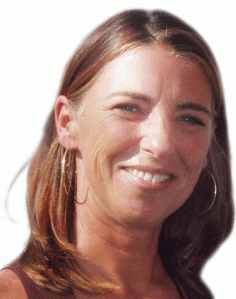
 The ICT-KM Program is supporting the GCARD process, starting with the e-consultations that should contribute a great deal in enhancing the development value of research.
The ICT-KM Program is supporting the GCARD process, starting with the e-consultations that should contribute a great deal in enhancing the development value of research.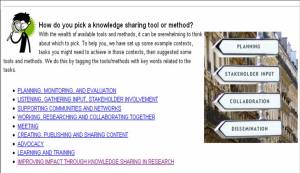
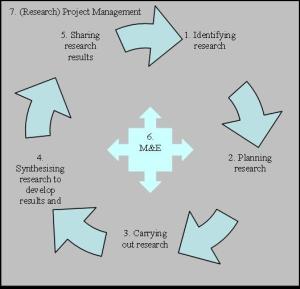
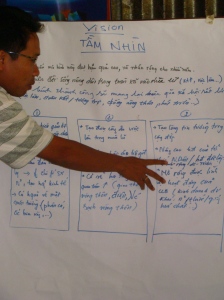
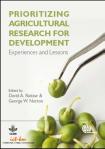

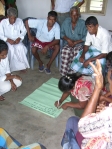
 stakeholders what messages would work to promote adoption of better practices in wastewater irrigation
stakeholders what messages would work to promote adoption of better practices in wastewater irrigation understand how to write and package research results from projects working on rice in the Northern uplands of Laos, and created factsheets which were uploaded into the Laos Rice Knowledge Bank (online tool)
understand how to write and package research results from projects working on rice in the Northern uplands of Laos, and created factsheets which were uploaded into the Laos Rice Knowledge Bank (online tool) to increase the knowledge sharing and learning together with stakeholders as part of
to increase the knowledge sharing and learning together with stakeholders as part of 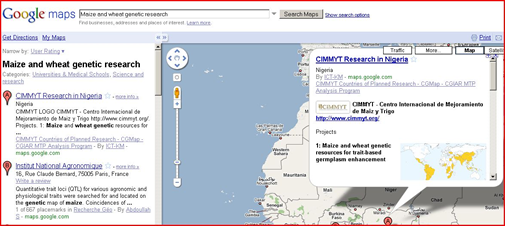

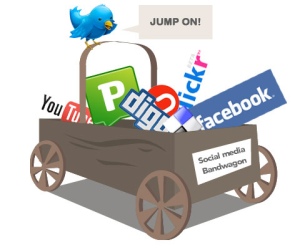
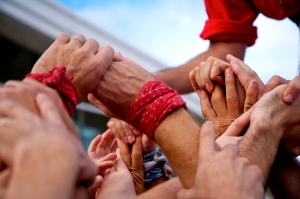 some
some 







 Title and Opening part of the article:
Title and Opening part of the article:

